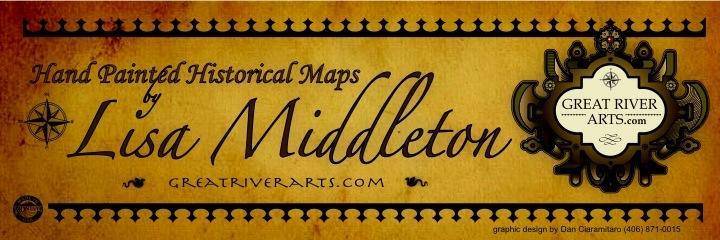Charleston Including Isle of Palms and Kiawah, South Carolina
I'm a work in process!
Awarded accolades, including "America's Most Friendly City, and "the most polite and hospitable city in America," Charleston, South Carolina is the oldest and largest city in the state, and is situated on Charleston Harbor, an inlet of the Atlantic Ocean. Six distinct areas fall within the city’s limit: the Peninsula or Downtown, West Ashley, Johns Island, James Island, Daniel Island, and the Cainhoy Peninsula. In 1670, at the time of its founding, Charleston was known as Charles Town, in honor of King Charles II of England. Its original site was located at Albemarle Point on what is now known as Charles Towne Landing, but was abandoned in 1680 for its current location.
The Cusabo Indians are believed to be the earliest inhabitants of Charleston and were present when the first English settlers brought over from Bermuda by Governor William Sayle made contact in 1670. Settlement was turbulent as the new settlers declared war on the Cusabo Indians in late 1671. Alliances were forged with the English the Westo, a powerful slaving northern tribe who participated in the local trade for guns, but that only lasted until 1680 following their destruction. Following 1680, English relations with the Cusabo Indians improved and trading flourished. Charleston became a colonial seaport that was subject to attacks from Native Americans, pirates, as well as countries, including Spain and France that contested England’s claim to the region.
By the mid-eighteenth century Charleston grew from a colonial seaport into a wealthy city, thanks in part, to the cultivation of rice, cotton, and indigo. The Civil War (1861-1865) devastated Charleston, which was slow to recover, forced the repairing of its existing damaged buildings instead of rebuilding them, and so, today, Charleston boasts an inventory of historically significant architecture. Its economy was rebuilt through trade and industry, and by the early 1900s, industrial and port activities became major sources of capital for Charleston.
Originally known as “Hunter Island” and then “Long Island”, Isle of Palms is a barrier island, seven-mile long, one-mile wide, and is just 20 mins away from Charleston. It lies along a narrow strip of land, hugging the beach, and was first inhabited by the Sewee tribe. It was bought by J.S. Lawrence in 1899, who gave the island its current name. Today it is a charming, natural beauty.
Kiawah is a barrier island, located 25 miles southwest of Charleston. It was named for the Kiawah Indians, whose head chieftain or cassique, in 1670, led English colonists to settle at Charlestowne Landing. Kiawah Island is an oasis of unspoiled natural beauty, known for its breathtaking landscape, natural wildlife, seclusion and pristine beaches and scenic biking trails.
Charleston and the many islands that surround it are rich, natural and historical treasures.
"Watermarks will not appear on product."















